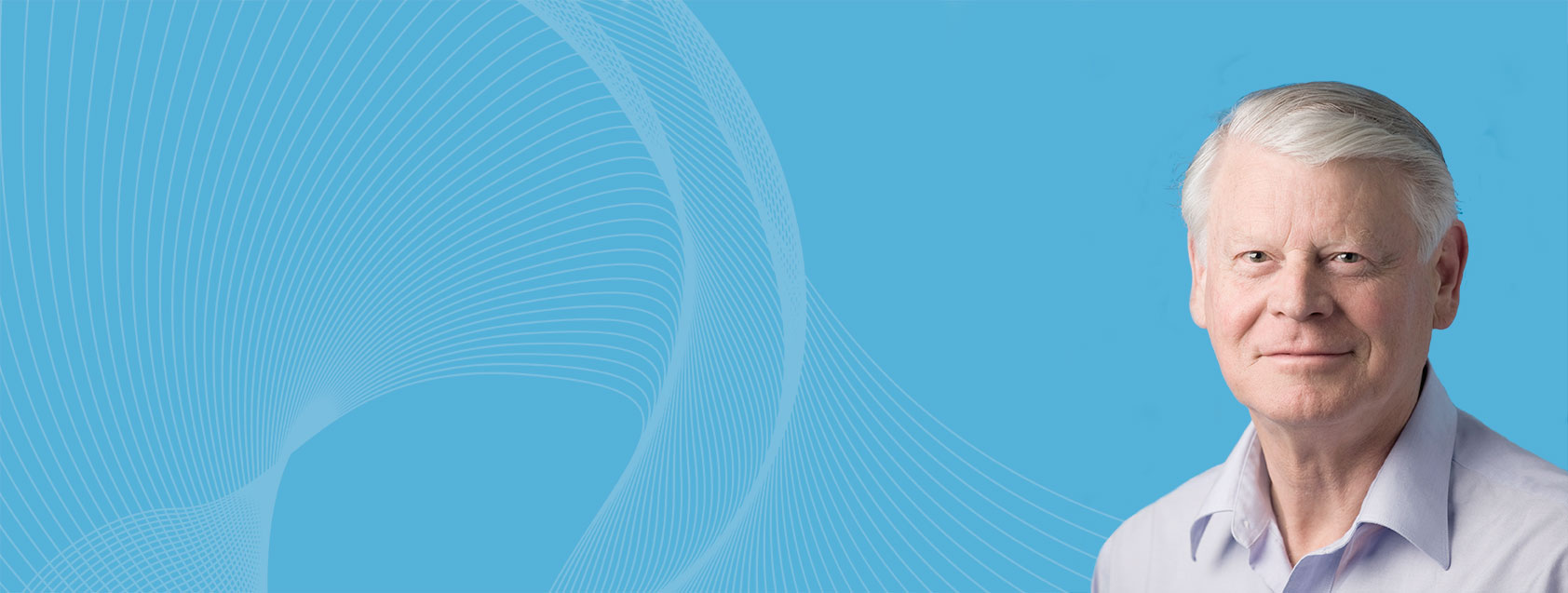Before we can measure sleepiness, by any method, we need some understanding of what it is that we want to measure. Unfortunately, this has not received the attention it deserves, and many people remain confused about the nature of sleepiness.
The all-important conceptual framework within which the ESS was developed (summarised here) has been elaborated by Dr Johns in a series of papers since 1994 (Johns 1994, 1998, 2000(a), 2000(b), 2002, 2003, 2009, 2010)
Sleepiness
The word sleepiness has more than one meaning. Traditionally it means drowsiness, the intermediate state between alert wakefulness and sleep. However, in sleep medicine it has also come to mean sleep propensity – the probability, ease or speed of making the transition from alert wakefulness, through drowsiness, to sleep under a given set of circumstances. It is this latter meaning of the word sleepiness, as sleep propensity, that the ESS relates to.
Whether someone is awake or asleep at any particular time depends not only on the time of day, how long they have been awake, the duration and quality of their previous sleep, but also on many other variables, including what they are doing at the time – their posture and activity, both physical and mental, and the environmental stimulation to which they are subjected (Johns, 2010). Simply to lie down rather than stand up increases one’s likelihood of falling asleep – the change of posture increases one’s sleep propensity at the time.
Somnificity
Johns (2002) introduced the term somnificity to describe the effects of different postures and activities on sleep propensity.
The somnificity of any particular posture, activity and situation is a measure of its ability to facilitate or impede sleep onset in the majority of people. It is not a characteristic of individual people or their sleep disorders.
It is by voluntary control of our posture and muscle tension by lying down on a comfortable surface in a warm, dark and quiet place, and with our head supported on a pillow (eg. in bed, with the lights out), and then ceasing voluntary movements (including talking) and purposely closing our eyelids, that the majority of people can fall asleep within about 15 minutes. Under those circumstances, we put ourselves in a situation with a high somnificity voluntarily, with the intention of falling asleep. Alternatively, we can choose to stay awake for 24 hours or more by avoiding those postural and behavioural changes that increase our sleep propensity at the time. This behavioural control mechanism operates regardless of other changes in sleep propensity that occur spontaneously because of a circadian rhythm of alertness, the phase of which is controlled by the timing of exposure to bright light, especially sunlight (Johns, 2010).
Situational Sleep Propensity
A person’s usual sleep propensity when engaged in the same activity repeatedly (in the same posture and at the same time of day, etc) can be called their situational sleep propensity (SSP) in that situation. When we measure a person’s sleep propensity under one set of circumstances, eg. by how long it takes them to fall asleep at two hourly intervals during the day in a sleep laboratory (the Multiple Sleep Latency Test) we are measuring only one of their SSPs. This is usually quite different from their sleep propensity measured under different circumstances, eg. by how long it takes them to fall asleep in the Maintenance of Wakefulness Test. A person’s SSP in one situation is usually only moderately correlated with their SSP in a different situation (Johns, 1994, 2002, 2010).
Sleepiness in this sense is not a unitary concept or a single characteristic of each person, like body mass, that is independent of the circumstances in which it is measured. All measurements of SSPs are partially situation-specific. That is true no matter how the SSPs are measured, subjectively or objectively.
Average Sleep Propensity
Each person has as many different SSPs as can be measured under different circumstances. However, there is a hypothetical construct, which Johns calls ‘average sleep propensity’ or ASP, that reflects each person’s general level of ‘sleepiness’ during the varied circumstances of daily life (Johns, 2002). The ESS score provides an estimate of that ASP, based on the sum of eight different SSPs.
The activities of daily life obviously vary considerably between people. Those with a high ASP can, if they choose, avoid dozing during the day by not engaging in those activities with a high somnificity. Others with a normal ASP may nonetheless engage in activities with a high somnificity and doze frequently during the day, eg. after lying down to rest because of fatigue.

